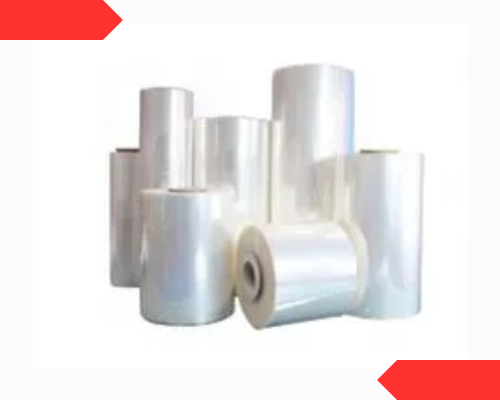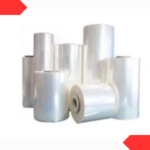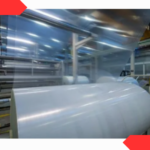Transparent Films
LDPE stands for low-density polyethylene, which is a type of plastic commonly used in packaging materials. LDPE films are often produced through a process called blown film extrusion, where molten LDPE is forced through a circular die to create a thin, continuous tube of plastic. The tube is then inflated, cooled, and flattened to form a flat film.

Transparent LDPE blown films refer to LDPE films that have a transparent or clear appearance. These films are commonly used in various applications, such as food packaging, shrink wrapping, and general-purpose packaging. The transparency of LDPE films allows for easy visibility of the packaged contents, which can be beneficial for product display or inspection purposes.
Transparent LDPE films offer several advantages, including:
- Clarity: The films have excellent optical properties, allowing for high visibility and clarity of the packaged products.
- Flexibility: LDPE films are highly flexible and can conform to the shape of the packaged items, making them suitable for wrapping irregularly shaped objects.
- Moisture resistance: LDPE films provide a good barrier against moisture, helping to protect the packaged items from moisture-related damage.
- Chemical resistance: LDPE films have good resistance to a wide range of chemicals, which makes them suitable for packaging products that may come into contact with various substances.
- Cost-effective: LDPE is a relatively low-cost material compared to other plastics, making transparent LDPE blown films an economical choice for packaging applications.
It’s worth noting that while LDPE films can be transparent, the level of transparency may vary depending on the specific grade of LDPE used and the processing conditions during film production. Additionally, LDPE films can also be produced in different thicknesses and widths to meet specific packaging requirements.


